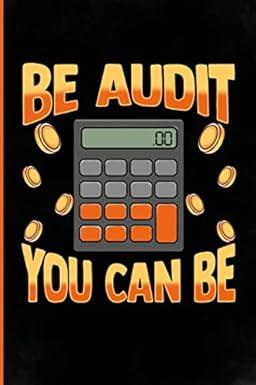I only need the steps for 2b, you dont necessarily need to show the steps of 2a and 2c, thank you!
Question 2: (25 points) Consider the model of consumer choice we developed in Chapter 4 . The representative consumer has preferences over physical consumption C and leisure l with the usual assumptions. The time constraint is h=Ns+l, where h=24 hours is the endowment of time, and Ns is the labour supply. The representative consumer also has some positive non-labour income T=100 dollars. The hourly real wage rate is equal to w=10 dollars. 2.a. (7 points) Draw a diagram with physical consumption C on the vertical axis, and leisure l on the horizontal axis for the consumer, along with the budget and time constraints. Suppose the preferences are such that the consumer chooses to work 6 hours. Calculate the coordinates of (i) the optimal consumption bundle, (ii) the horizontal intercept of the budget constraint, (iii) the vertical intercept of the budget constraint. Draw the indifference curve that passes through the optimal consumption bundle. 2.b. (9 points) The government decides to help unemployed and underemployed citizens. To achieve this goal, the government starts paying a lump-sum payment of 30 dollars to everyone who works less than or equal to 4 hours. Draw a diagram with physical consumption C on the vertical axis, and leisure l on the horizontal axis for the consumer, along with the budget and time constraints. Assuming the preferences are still the same as in part 2.a., calculate the coordinates of the optimal consumption bundle. Draw the indifference curve that passes through the optimal consumption bundle. Does the new government policy increase, decrease, or not influence the labour supply N5 of this household? 2.c. (9 points) Under the same government policy discussed in 2.b., come up with preferences and the resulting optimal bundle where the consumer's labour supply would not change if the government policy was cancelled. Draw a diagram with physical consumption C on the vertical axis, and leisure l on the horizontal axis for the consumer, along with the budget and time constraints. Mark clearly (i) the optimal consumption bundle, (ii) the horizontal intercept of the budget constraint, (iii) the vertical intercept of the budget constraint. Draw the indifference curve that passes through the optimal consumption bundle










